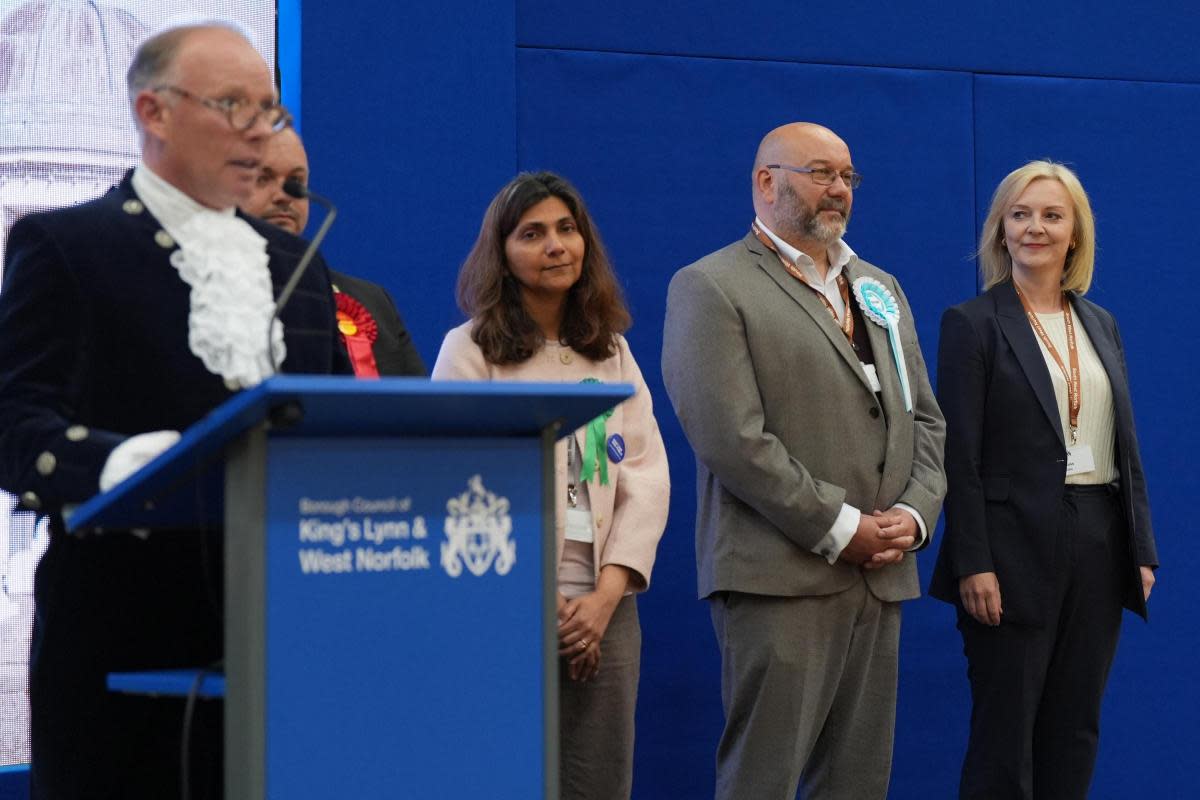What other shocks hit East Anglia's constituencies in general election?

While the Conservatives lost four and a half seats in Suffolk in the general election, that was just part of a pattern that spread across the region as the results were counted.
There were similar shocks in Norfolk, Essex and Cambridgeshire as opposition parties racked up seat after seat - including some familiar names.
While her former deputy Dame Therese Coffey was losing her seat in Suffolk Coastal, ex-prime minister Liz Truss was humiliated in her South West Norfolk seat as Labour overturned a 26,000 majority.
Reform UK showed that as a political party they do like to be beside the seaside.
Nigel Farage at Claction, one of three seaside resorts where Reform UK won seats. (Image: PA)
While party leader Nigel Farage finally made it to the House of Commons as the MP for Clacton - his eighth attempt at getting into parliament - Reform UK's Rupert Lowe took Great Yarmouth and, a bit further afield, former party leader Richard Tice won the Boston and Skegness seat in Lincolnshire.
In Essex, Labour won Colchester for the first time since 1950 - although the seat had been held by Liberal Democrat Sir Bob Russell for 18 years from 1997 to 2015.
The Lib Dems did, however, have success in another Essex city - they won Chelmsford, a seat they have been contesting strongly for nearly 40 years.
But it's in Cambridgeshire that they had their big success in this reason - winning three seats to set up a ring of orange around the university city which includes the well-known communities of Ely and St Neots.
Ely has a new LibDem MP. (Image: Paul Geater)
In the Ely and East Cambridgeshire constituency Lib Dem Charlotte Cane defeated cabinet minister Lucy Frazer.
The Lib Dems also regained the North Norfolk seat that Sir Norman Lamb had held for them from 2001-19.
Overall the map of East Anglia now looks much less blue than it did - although the Conservatives still hold a significant number of rural seats across the region.

 Yahoo News
Yahoo News 
